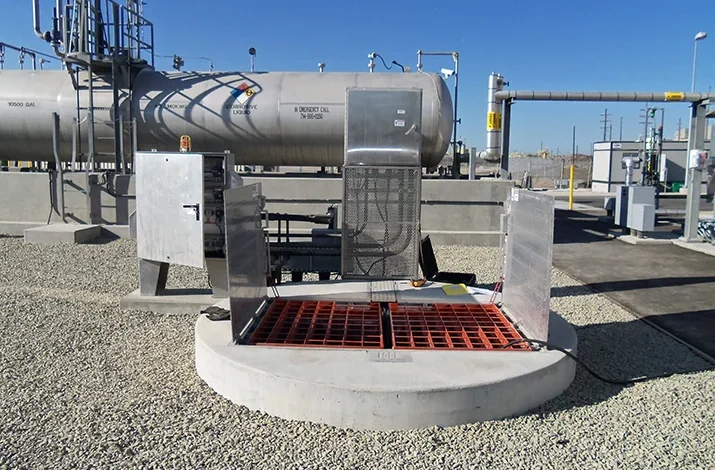
When gravity flow alone isn’t enough to move wastewater from lower elevations to higher ones, a sewer lift station is essential. Traditionally, maintenance relied on routine checks and reactive repairs, but today, technology and artificial intelligence (AI) have changed how owners manage these systems. Predictive analytics, smart sensors, and IoT-enabled monitoring have made it simpler to identify issues early, avoid expensive malfunctions, and increase the station’s lifespan.
Whether you oversee a commercial property, multi-unit building, or industrial facility, combining your responsibilities as an owner with AI-driven best practices ensures both efficiency and compliance.
Owner Responsibilities In A Tech-Enabled World
Owning a lift station still comes with non-negotiable responsibilities. The difference now is that technology provides tools to simplify and enhance these obligations:
- Routine Monitoring With IoT Sensors: Smart devices continuously track pump performance, water levels, and alarm activity, giving real-time insights.
- Regular Servicing Enhanced By Predictive Maintenance: AI can analyze usage data and recommend service schedules before breakdowns occur.
- Compliance Made Smarter: Digital logs and automated reporting tools ensure the station stays aligned with environmental and safety standards.
- Emergency Preparedness With Remote Alerts: Cloud-based systems instantly notify you of power failures or pump malfunctions, allowing faster response times.
By leveraging technology, owners fulfill their responsibilities more efficiently while reducing risk.
AI-Driven Best Practices For Lift Station Maintenance
Technology is reshaping the definition of “best practices.” What once required manual inspections can now be automated, optimized, and even predicted.
- Conduct Smart Inspections
Instead of relying only on visual checks, IoT-enabled sensors and AI monitoring platforms can flag unusual patterns such as abnormal vibrations, increased energy usage, or irregular flow. These early signals often detect issues before they’re visible to the human eye.
- Keep Pumps Clean With Automated Alerts
Pumps clogged by grease or solids often show a drop in performance long before failure. Smart systems can track efficiency trends and trigger alerts when cleaning is needed—helping owners schedule service before a clog occurs.
- Test And Automate The Alarm System
AI-powered alarm systems not only notify owners of critical failures but also prioritize alerts based on severity. Combined with backup power checks, automated systems ensure that no emergency goes unnoticed.
- Monitor Electrical Health Digitally
Electrical failures remain a common cause of lift station downtime. Today, remote diagnostics can detect faulty wiring, corroded panels, or voltage irregularities. AI-based energy monitoring systems also predict when components are likely to fail.
- Embrace Predictive Professional Servicing
Service providers now use data analytics tools to conduct performance testing and control calibration. Instead of generic quarterly visits, predictive maintenance schedules are tailored to actual system usage, saving costs while improving reliability.
- Maintain Digital Records
Cloud-based platforms allow owners to store inspection logs, maintenance schedules, and repair histories digitally. These records not only improve operational transparency but also simplify compliance reporting and audits.
- Build AI-Enhanced Emergency Plans
Modern emergency plans go beyond paper binders. AI-enabled systems can simulate potential failure scenarios, calculate response times, and recommend contingency measures. Mobile alerts ensure both owners and technicians can act quickly.
The Value Of Proactive, Tech-Supported Care
Reactive repairs are always more expensive and disruptive than proactive maintenance. By adopting smart monitoring, AI-driven predictive analytics, and digital reporting, owners can prevent sewer backups, avoid environmental hazards, and cut down on costly emergency service calls.
A lift station that is regularly maintained with the help of modern technology offers more than just compliance, it delivers peace of mind, efficiency, and long-term resilience. Owners who embrace these innovations not only safeguard their property investment but also contribute to healthier, safer communities.




